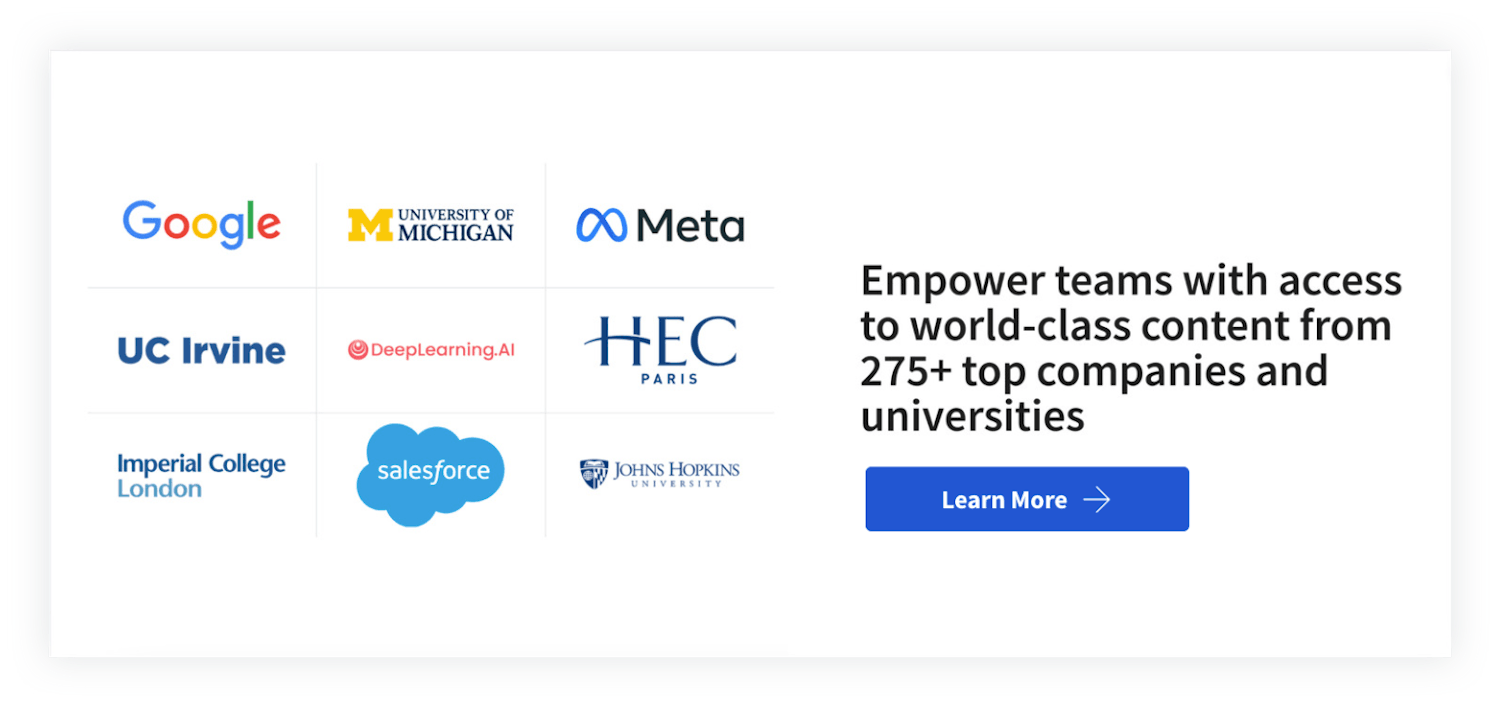Employee Training: What It Is and Why It's Important
Employee training benefits employees and the organizations that hire them. Learn why you need it and how you can implement it into your business.
![[Featured Image] A woman leads an employee training session around a table in an office.](https://d3njjcbhbojbot.cloudfront.net/api/utilities/v1/imageproxy/https://images.ctfassets.net/wp1lcwdav1p1/4z9B7h4oUWj8HukDSGQDWN/00e6e1d35abf59340dc20f52e13765b4/GettyImages-1174452698.jpg?w=1500&h=680&q=60&fit=fill&f=faces&fm=jpg&fl=progressive&auto=format%2Ccompress&dpr=1&w=1000)
Over the last couple of decades, technology has dramatically changed how people work. Positive company culture and work-life balance have become a top priority. Rather than sitting in offices and cubicles, people collaborate in the office or work remotely. Thanks to globalization, business is now wider than your geographical region. With so many rapid changes, employee training has become more critical than ever.
Employee training is beneficial to both organizations and employees. Approximately 94 percent of employees say they would stay with an organization if it invested more in learning [1]. Employee training can help improve company culture, increase productivity, and support workplace safety. But that's just the beginning. Take a deeper dive into why employee training is essential and how to make it a part of your organization.

What is employee training?
Employee training is any instruction or activity that teaches employees new skills or improves their current skills and performance. The term may describe anything from safety training for an entire staff to introducing a new hire to the ins and outs of a particular job to training an existing employee how to use new technology.
Some use 'employee training' interchangeably with 'employee development.' While they go hand-in-hand, you’ll usually find slight differences. Training teaches something new or builds upon something that already exists, and it is usually a shorter process. Development is more of a long-term, multi-layered approach. For example, getting a new tablet in the office and teaching your employees the basics of how to use it is employee training. Sending an employee to take an online course or earn a certification to enhance their current skills is more along the lines of employee development.
What are the benefits of employee training?
Employee training empowers employees and organizations simultaneously by improving company culture, increasing productivity, and offering numerous other benefits. This can be mutually beneficial as it can lead to low turnover rates, increased sales for the organization, and more contentment and work-life balance for employees. Take a look at some of the more specific benefits you may see as an employee, leader, or manager of an organization that implements employee training.
Benefits for the employees
Employees who receive high-quality employee training tend to be more satisfied overall, but the benefits continue. Other reasons employees appreciate good training include:
Increasing autonomy in the workplace
Maintaining a safer work environment
Feeling more significant support from their employers
Increasing confidence in the ability to do a job correctly
Acquiring skills and knowledge they can use to advance their careers
Learning skills and information that may lead to a leadership role in the future
Developing a greater understanding of their roles and the tasks they need to complete
Benefits for the organization
It's no secret that satisfied and well-trained employees benefit the organization where they work. They're less likely to leave for another job when they feel content where they are, which means you have a lower turnover rate. Other ways that employee training might benefit your organization include:
Safer workplace (fewer accidents, fines, lawsuits, etc.)
Increased profits due to better performance and higher productivity
Improved company reputation as employees spread the word about how much they enjoy working for your organization
Increased engagement and enthusiasm among your staff
Better pipeline of potential future leaders within your organization
Improved company culture
Increased collaboration and better workplace relationships
Morale boost for both employees and leaders
Ability to implement new technology and strategies with greater ease
What are some types of employee training?
Employee training can be divided into many categories, depending on the goal and subject matter. Some common types of training include:
Workplace skills training: This type of training involves enhancing or teaching workplace skills or human skills, like communication, problem-solving, and critical thinking, which can be just as important as technical skills or experience and education.
Technical training: Technical training is precisely what it says it is: training employees on how to use new technology.
Safety training: Safety training teaches employees health and safety habits that can prevent workplace accidents and reduce illnesses and injuries.
Compliance training: Compliance training typically involves instruction that involves law or policy that may impact your organization and employees. For example, if a new diversity law passes, you may use compliance training to show it can affect your workplace. Safety training can sometimes fall into this category.
Pre-onboarding/onboarding training: This type of training is for new employees. It can range from an orientation that teaches an employee about the company's values and culture to instructing the new employee on how to start doing various tasks related to their job.
General workplace training: General workplace training is a broader category that can include just about anything, but it usually focuses on reskilling or upskilling technical and human skills. It can apply to new and veteran workers, an entire staff, or just one employee.

Common ways to implement employee training
When you think about the phrase 'employee training,' you may imagine a group of workers sitting around a conference or classroom listening to an instructor. That's certainly one way to implement employee training, but dozens of others exist.
In some cases, you won't have a choice. If you receive a video from your corporate office on sexual harassment, showing the video to your employees is your only option. However, if you're a human resources leader or another type of workplace leader assigned a topic, you can get creative with how you present it to the workers. Some ideas include these:
Virtual training by an instructor, either live or asynchronous
Virtual courses and lessons
On-the-job training
Simulation or role-play
Peer training
Microlearning
In-person instruction
Blended learning
Mentorship
Video training
Shadowing
Hands-on training
Coaching
One-on-one meetings
Employee training best practices
Now that you know what employee training is, it's time to implement a program in your organization. Here are some best practices when planning and implementing an employee training program:
Set concrete goals. Ensure there's a purpose behind all of your employee training. Develop a metric to help you determine if your training is successful.
Encourage your employees to continue their learning beyond your training program. Set them up for success by explaining how it can benefit their careers, and provide them with tools like access to reading materials, videos, and courses.
Personalize training methods to suit each group or individual as much as possible. Consider different learning styles, employee feedback, and past reception and engagement. Offer various opportunities so everyone can find something that makes them comfortable.
Consider an incentive. Employees may welcome certain training types but may be hesitant to attend compliance training meetings. Give everyone who does a gift card or hold a raffle for a day off.
Pay attention to employee feedback. Ask your employees what is and isn't working for them, and make the appropriate changes.
Leave time for learning. Quality should always come before quantity. Employees will learn at different rates, so you may need to give some more time for concepts to sink in.
Leverage peer learning. Many employees feel more comfortable around their colleagues than a manager or supervisor. Some simply learn best by watching someone do the job. Create a mentorship program or allow new employees to shadow more experienced ones.

Article sources
Talent Lyft. "5 Examples of Employee Training and Development Programs, https://www.talentlyft.com/en/blog/article/392/5-examples-of-employee-training-and-development-programs." Accessed October 19, 2023.
Coursera Staff
Editorial Team
Coursera’s editorial team is comprised of highly experienced professional editors, writers, and fact...
This content has been made available for informational purposes only. Learners are advised to conduct additional research to ensure that courses and other credentials pursued meet their personal, professional, and financial goals.